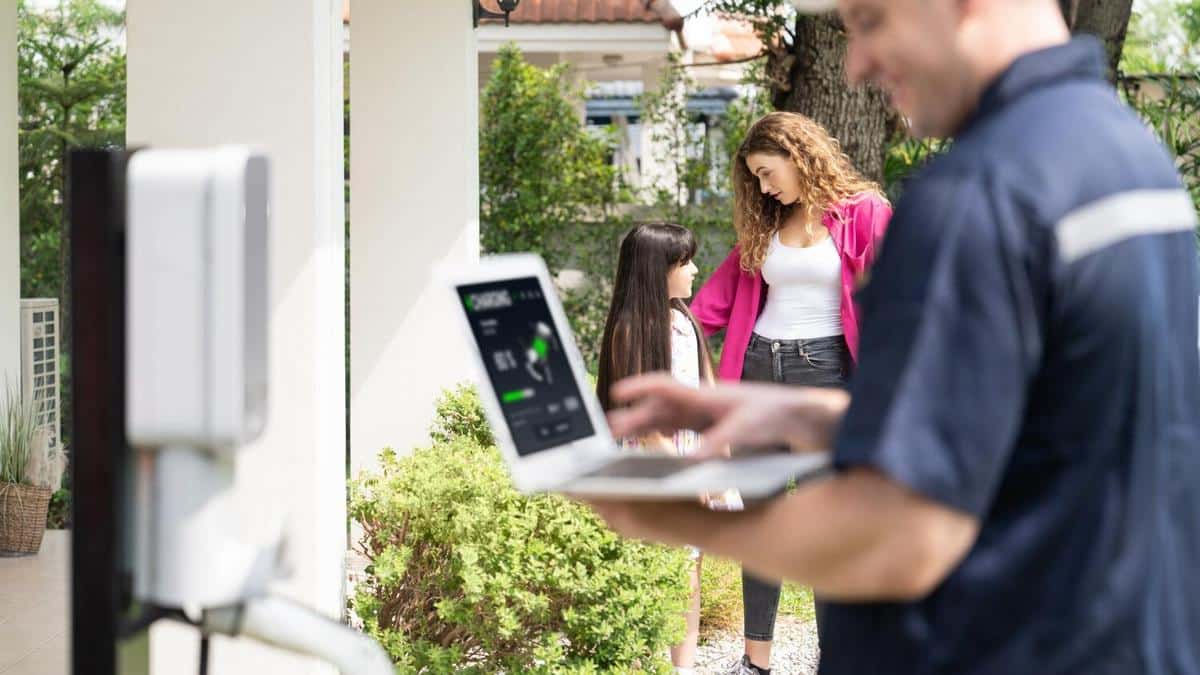
Energy Efficiency: The Role of IoT in Reducing Household Energy Use
As technology continues to evolve, the Internet of Things (IoT) is playing a pivotal role in transforming how we approach energy efficiency in our homes. By integrating smart devices, households can significantly reduce energy use, contributing to a more sustainable future.
The Impact of IoT on Energy Efficiency
With the rise of smart home devices, IoT has become a key player in reducing energy consumption. According to a study published by the International Energy Agency, smart technologies could save up to 25% on energy bills by optimizing how and when energy is used.
“IoT offers a dual advantage: convenience and energy efficiency,” notes Dr. Emily Chen, a leading expert in smart home technologies.
Smart Devices Making a Difference
Smart thermostats, lighting systems, and appliances are just a few examples of IoT devices that help manage and reduce energy use. These devices learn user behaviors and adjust settings automatically to optimize energy consumption.
- Smart Thermostats: Can reduce heating and cooling costs by 10-15%.
- Smart Lighting: Offers up to 80% energy savings with LED technology and automation.
- Energy-Efficient Appliances: Use sensors to operate only when needed, cutting energy waste.
Case Study: Real-Life Benefits
Consider the example of Mark, who installed smart thermostats and lighting in his home. Within a year, he noticed a 20% reduction in his energy bills. This not only provided financial savings but also contributed to a lower carbon footprint.
How to Implement IoT for Energy Savings
- Start with Smart Thermostats: Easy to install and offer immediate benefits.
- Upgrade Lighting: Switch to smart bulbs and integrate with home assistants.
- Monitor Appliance Use: Use smart plugs to track and reduce standby power consumption.
Consider setting up a smart home hub to centralize control of all IoT devices, making it easier to manage energy use efficiently.
Comparing IoT Devices
| Device | Energy Savings | Initial Cost | Ease of Use |
|---|---|---|---|
| Smart Thermostat | 10-15% | Moderate | High |
| Smart Lighting | Up to 80% | Low | High |
| Smart Plugs | 5-10% | Low | Moderate |
| Energy Monitoring Systems | Varies | High | Moderate |
| Smart Appliances | Varies | High | High |
| Smart Blinds | 5-10% | Moderate | Moderate |
| Smart Water Heaters | 10-20% | High | High |
| Smart HVAC Systems | 10-30% | High | Moderate |
FAQs
How do smart thermostats save energy?
Smart thermostats adjust heating and cooling based on occupancy and user preferences, reducing unnecessary energy use.
Are smart home devices worth the investment?
While initial costs can be high, the long-term savings on energy bills often justify the investment.
Can IoT devices work together?
Yes, IoT devices can be integrated to work cohesively, providing more efficient energy management.
Conclusion
Embracing IoT in your home is not just about convenience but also about making a positive impact on the environment. By integrating smart technologies, you can significantly reduce energy consumption, lower your bills, and contribute to a more sustainable future. Start small, explore the various options available, and take the first step towards a smarter, more energy-efficient home.